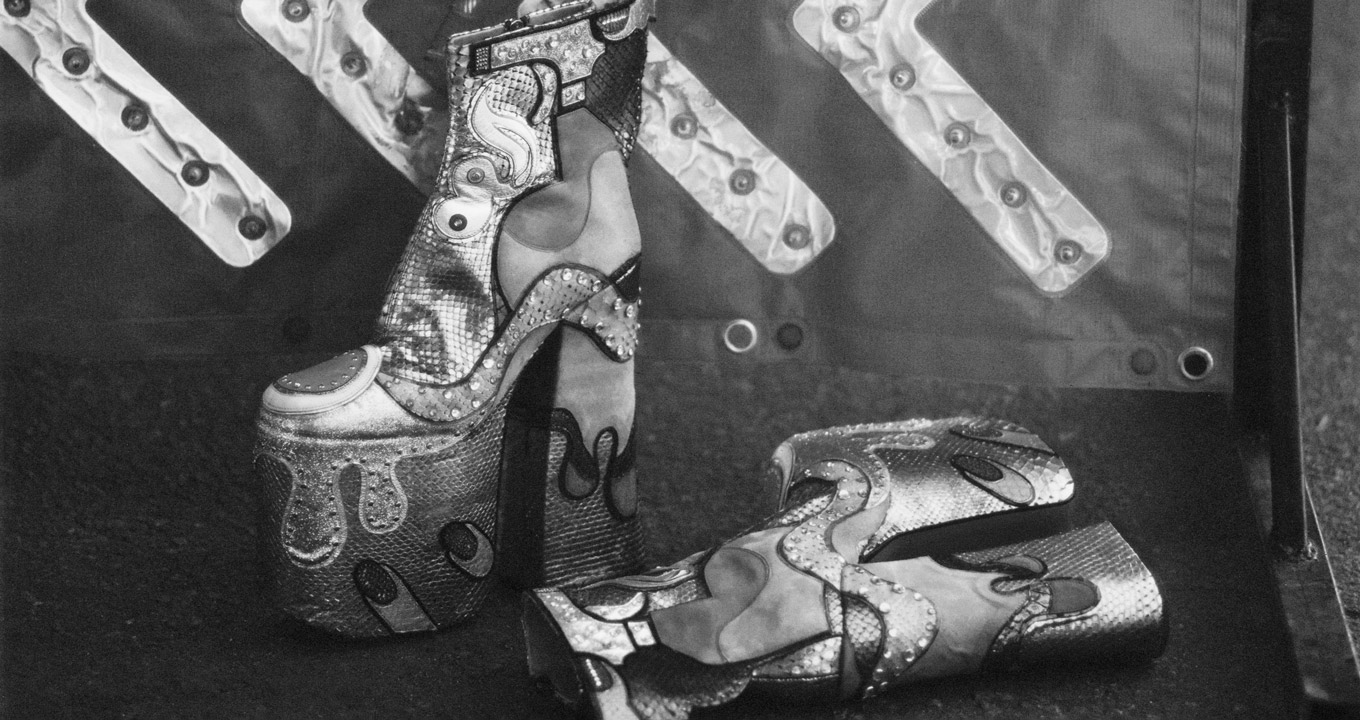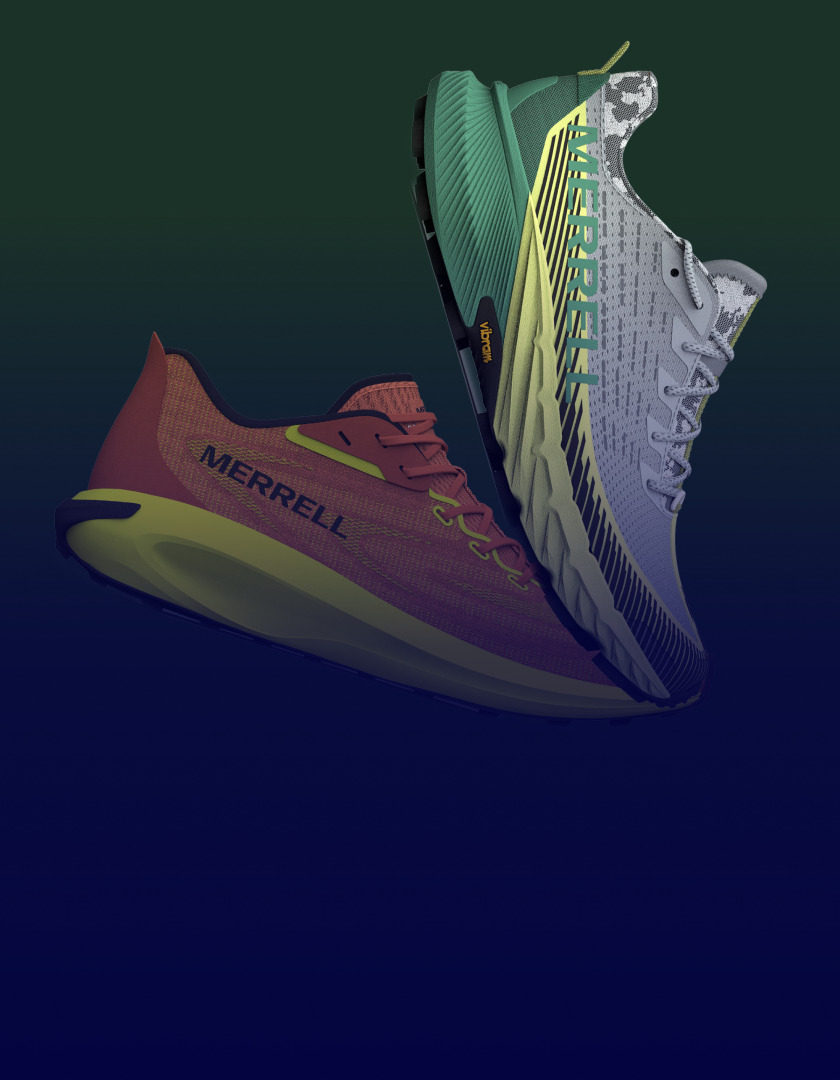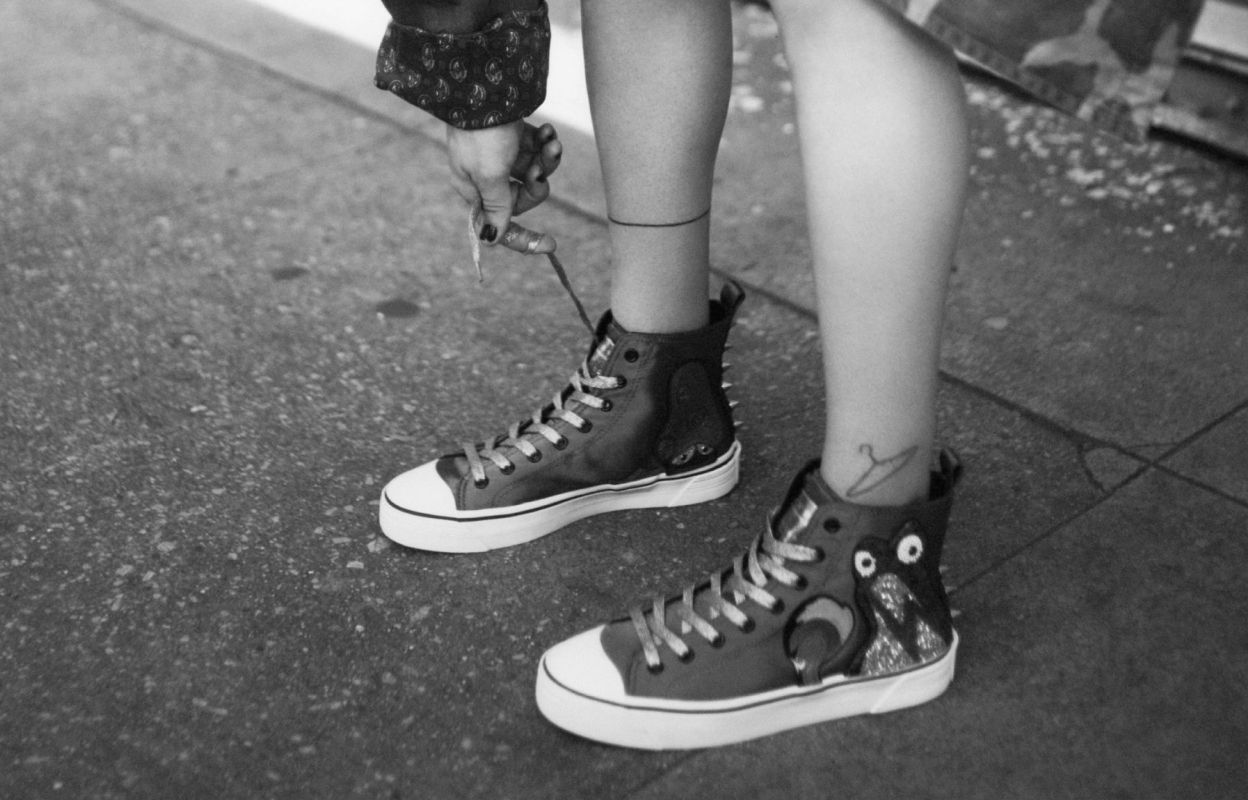A Little Luxury, Every Day
Marc Jacobs does things differently. From the man behind the brand – one of contemporary fashion’s original mavericks – to the company, Marc Jacobs International, the name has become synonymous with an unorthodox, uniquely urban style. Or, as James Earles, Director of Enterprise Applications puts it, “our DNA is definitely, defiantly, downtown New York.”
The brand was established in 1984, when Marc Jacobs became the youngest designer to earn the Council of Fashion Designers of America’s coveted New Fashion Talent award. From 1997 to 2013, Marc also served as Artistic Director for Louis Vuitton and the Marc Jacobs label is now part of the LVMH luxury stable.
Marc Jacobs’ uncompromised love for fashion and youth culture are at the heart of our brand’s values. For the past 30 years, the style of the house has been infused by a true sense of humor with an unexpected twist. We are committed to sharing this vibrant energy with all – democratic appeal for an authentic fashion house. Marc Jacobs is that one thing nobody else is, or can be.

Authentically Unpredictable
As a flagship fashion house, Marc Jacobs operates on the front lines of trend – creating rather than capitalizing on style opportunities. To remain ahead of the curve, LVMH allows Marc Jacobs’ “exuberant creativity” free rein, affording each division the autonomy to constantly rethink and reinvent its products and processes.
In practice, this means that the brand’s various teams work somewhat independently, sharing a common vision, but often employing very different tools and techniques. This became a challenge in 2014, when footwear – a division whose design and development had previously happened out of house – was brought back under the brand’s SoHo headquarters.
“All our product categories are complicated but footwear is something else entirely,” says Louise Neslin, Senior Manager of PLM and Analytics. “We have two lines, each designed separately: one with four collection seasons, the other with three. Lead times are longer in footwear than anywhere else, and, on top of that, seasonality in our markets happens much earlier than it does for other categories. So line planning, merchandising and product development processes have to be completed far earlier for footwear than they do for apparel or accessories.”
Taking account of these differences, it quickly became apparent that bringing footwear in-house would not be as easy as bringing its processes in line with those of other product categories.
A Better Class of Solution
As the team then realized, the unique requirements of Marc Jacobs’ footwear division meant that carrying over a working environment from other categories was not a viable solution. And it would also not be possible to simply carry on using the systems that had been employed for footwear out-of-house; everything from design and development to sourcing was being conducted in spreadsheets and no centralized product history or libraries existed.
“We needed to improve data accuracy and information sharing for our footwear division but at the same time we were facing a lot of limitations with our systems for other categories,” explains James Earles. “At the time, the roadmaps for those other solutions were not well- supported and the product development processes we had built for other categories differed dramatically from what we needed for footwear. So we were really looking for two things: a better class of solution and a way to really streamline and improve business processes in our newest product category.”
Two Criteria: Credentials and Configurability
Rather than attempt to adapt footwear to fit their existing solutions, Marc Jacobs instead started investigating the potential of the latest generation of PLM. And although at the time LVMH recommended a variety of technologies at the Group level, Marc Jacobs chose a characteristically different approach and began to evaluate the market according to the criteria that mattered most to them: software configurability with fashion and footwear credentials.
“I believe that Centric Software has a unique position in the PLM market for fashion,” says Chief Information Office, Regis Litre. “When we restricted the market to pure PLM players and then looked only at those who had real fashion expertise, there emerged a very limited list of potential partners. And when we focused further on those with a clear roadmap, compelling luxury references and strong support, the choice of Centric was easy to make. They offer the best of two worlds: real knowledge of fashion, coupled with a high level of professionalism in terms of software and IT. You don’t often find that combination.”
That software expertise was also important to more than just Marc Jacobs’ technical teams since configuration, rather than customization, enabled the Centric PLM™ solution to be adapted to end users’ exacting needs. “Every piece of information we wanted to include in the system, Centric could handle,” says Louise Neslin. “From components to specifications to images, the ability to bring essential data into one place – to get one single, accurate version of the truth – was so helpful for onboarding new users. And from my experience, other solutions aren’t nearly as accommodating.”

Implementing Intelligently
Marc Jacobs’ PLM project with Centric then followed a phased implementation schedule and today the brand has deployed the solution across merchandising, product development, production and logistics, collaborating between the company’s New York and Hong Kong offices.
Three years later, the partnership between Marc Jacobs and Centric remains strong and both parties are working together to expand the solution’s footprint within footwear. “We’re incredibly pleased with the solution,” says Neslin. “We’re continually finding new opportunities to take processes out of other platforms and integrate them into PLM and Centric has been able to accommodate all of them.”
From Email to Exponential Efficiencies
Although the brand continues to explore the potential of PLM, Marc Jacobs has already realized results from its partnership with Centric and the future of its footwear division is brighter than ever.
“I really cannot stress enough how much more efficient everything we do has become since we moved to PLM,” Neslin says.
Our information is so much more organized and we’ve vastly reduced user error. It wasn’t just a matter of moving away from spreadsheets but improving on them; from images to custom views, to collaborating with partners abroad, our efficiency is exponentially better than it ever could have been in Excel and email.
At home and overseas, end users also continue to find value where there is not necessarily a clear-cut way to count it. “The results aren’t always numerical because of the simple fact that we have clean and accurate information can deliver significant savings that you can’t always measure,” Neslin adds. Many of Marc Jacobs’ benefits are more concrete however, with heightened visibility into the critical early-stage costing process being cited as a transformative tool in a category that relies on early action.
“Using Centric for our costing has been a game changer in terms of helping footwear prepare for market,” says Neslin. “We can estimate and put together pricing strategies, but it’s not until we receive accurate costing updates from our product development team that we’re really able to evaluate our profitability and shape well-rounded collections. With PLM, when product development has an update, they publish it and it’s instantly visible to merchandising and everyone else who needs it.
Rapid data entry and fast information sharing has had a real positive impact on our time to market – and it’s something we simply wouldn’t have had without Centric.” But the benefits for new collections go far beyond finding the right cost structure and Marc Jacobs’ product design and development teams have also discovered real value in re-usable libraries.
“In footwear, we’re constantly changing our product lines, so we need to look to our history to find styles that performed well,” Neslin says. “Having access to color and material libraries and being able to use previous seasons’ style information to build new collections are things our product development team has really embraced.”
New to Centric PLM? Learn more
Centric AI Fashion Inspiration Learn more
What is Centric Planning? Learn more
Demand Planning Learn more
Assortment Planning Learn more
Allocation and Replenishment Learn more
What is Centric Pricing & Inventory? Learn more
What is Centric Market Intelligence? Learn more
Centric Visual Boards Learn more
















